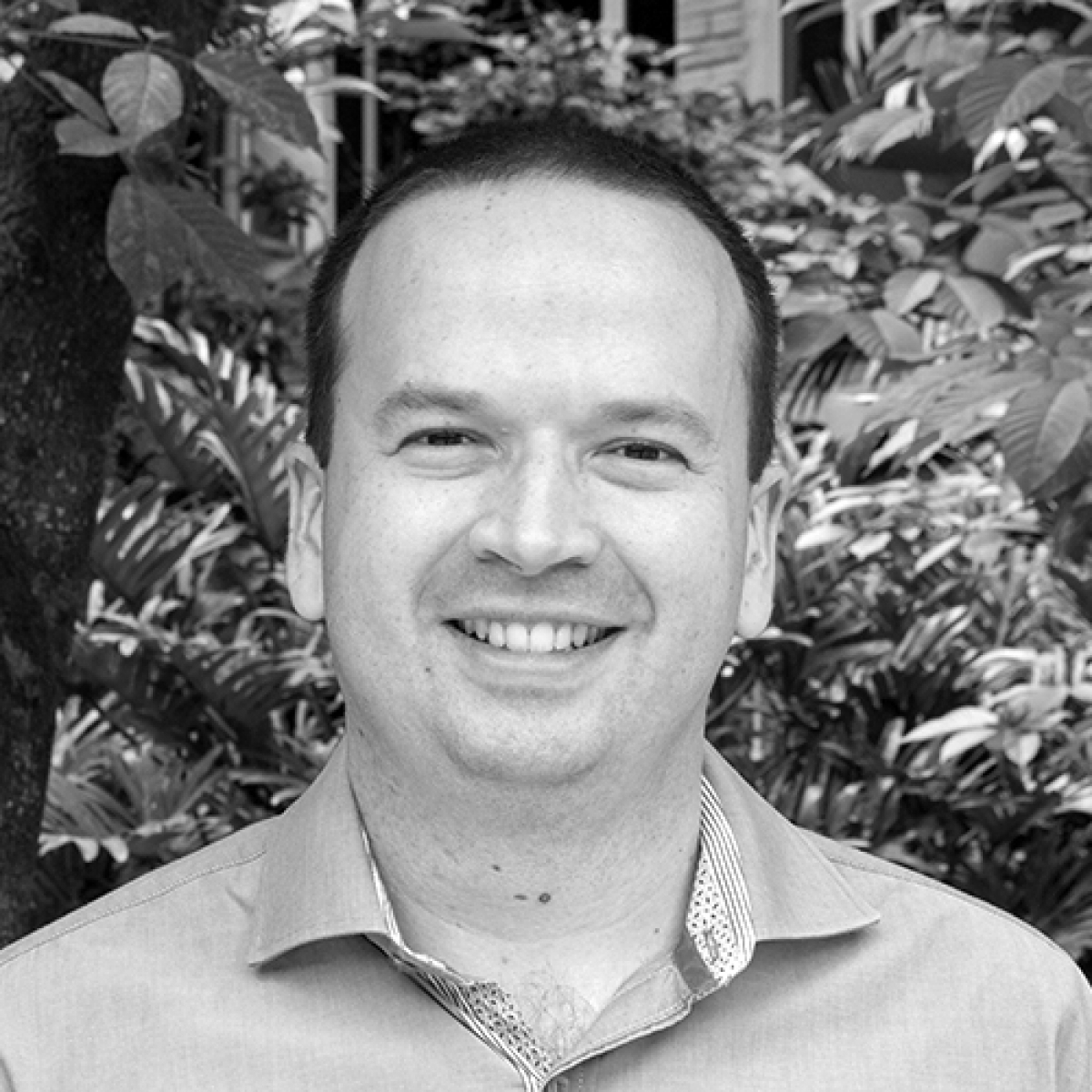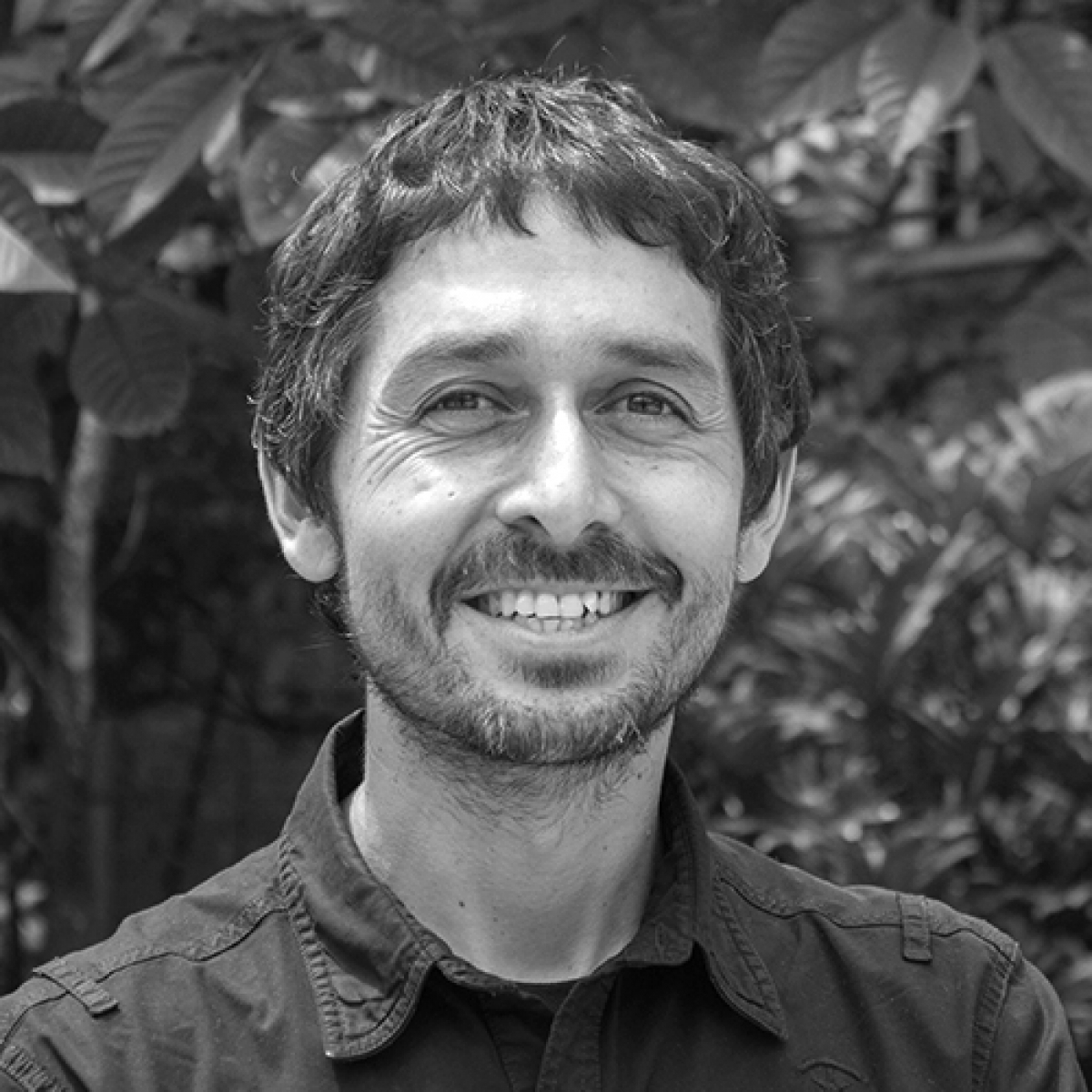
THE CHALLENGE
The world is experiencing unprecedented urban growth. Today 55% of the world’s population resides in urban areas, and it is expected to grow to 68% by 2050, with most of it occurring in Asia and Africa. It is also expected that just three countries will account for 35% of that growing: India is projected to add 416 million urban dwellers, China 255 million and Nigeria 189 million. Rapid urbanization challenges sustainable development, especially in developing countries, where local governments often fail to cope with rapid urban growth and are unable to provide suitable services and infrastructure, leading to urban poverty traps and larger inequalities This rapid urban growth worldwide has led to growing numbers of slum dwellers, increased air pollution, inadequate basic services and infrastructure, and unplanned urban sprawl .
As the management of urban growth is a key element to the fulfilment of the SDGs, the study of urban footprint growth becomes essential to better inform policy makers. Unfortunately, few studies have used systemic and standardized methods to identify the way in which Latin American cities grow. The understanding of urban footprint growth can help to maximize the benefits of agglomeration while minimizing the adverse impacts of urban growth itself. Some of these lessons might be useful for Africa and Asia, as their current challenge is to build sustainable urban settlements for the future.
OUR APPROACH
This project focuses on two dimensions of urban footprint growth: the expansion of the urban extent and the dynamics of growth within the city. The project asks;
- Is it possible to implement a parsimonious model of urban footprint growth using only freely available data?
- Which urban footprint growing types have been observed and what kinds of land have been consumed by LAC cities?
- Have urban footprint growth types made an impact on the economic performance of LAC cities?
LATEST DEVELOPMENTS
In collaboration with the World Bank, we have studied the recent decades of the spatiotemporal dynamics of urban growth in over nine hundred Latin American and Caribbean (LAC) cities using a combination of nighttime-light satellite imagery and street-network information. We discovered that some LAC cities went through sprawl-type growth, while others located on rugged terrain grew over steeper slopes, and the urban growth of some cities in Bolivia and Venezuela consumed large protected areas.
Aiming to predict what is going to happen in the future, we have developed an urban growth framework that can forecast the urbanization process and the distribution of people in any territory worldwide using freely available data. We have tested our model in the cities of Rionegro and Valledupar in Colombia and found a common trend towards higher-spatial sprawl and lower urban population density.
We are currently working in collaboration with researchers from NYU Shanghai and the University of Oxford to analyze the spatiotemporal urban-growth uncertainties of Jiaxing and Lishui, two small cities in China. In this collaboration, we want to compare the predictions of our framework with those from a widely used growth model in the literature known as the SLEUTH CA model. At the same time, and in collaboration with researchers from the World Bank, we are developing a methodology to discover the future metropolitan areas of Latin America.
In terms of impact, we are developing a modified version of our urban growth framework in a consultancy project for the largest public utility company in Antioquia, Colombia (EPM). The objective is to anticipate the aqueduct and sewerage demands so that they can assess their installed capacity, estimate when new infrastructure will be needed, and plan future investments.
People













